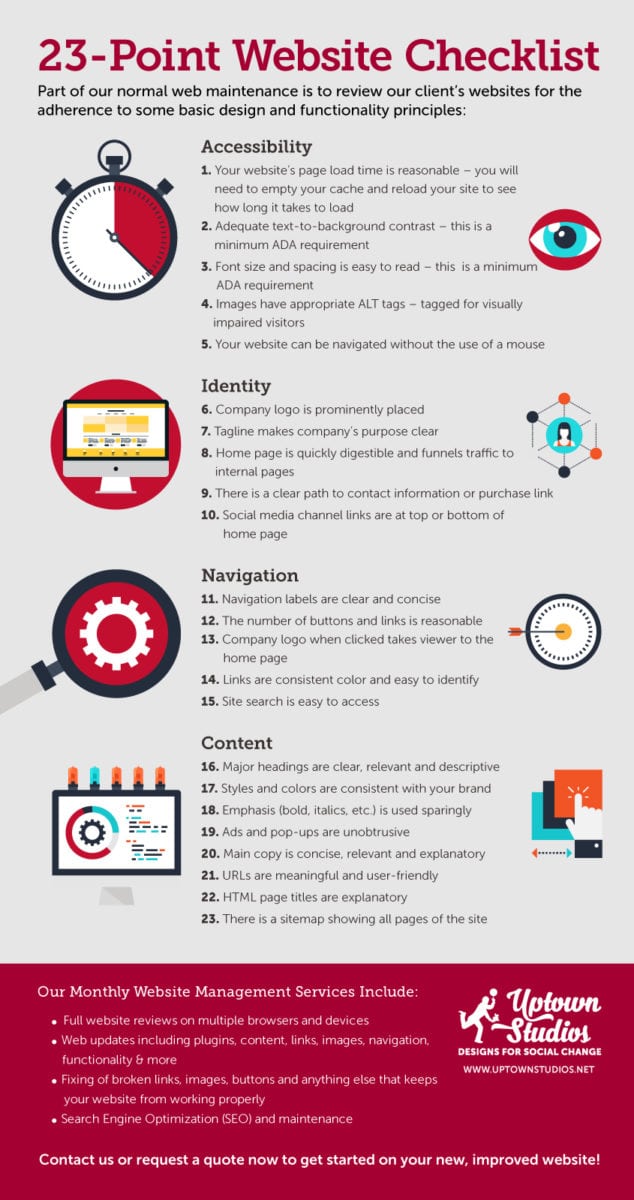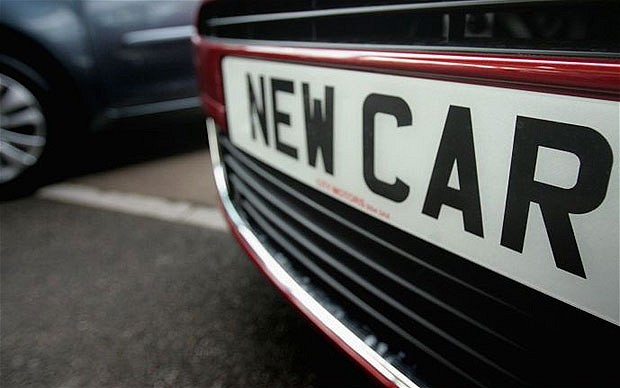
A Consumer Reports Dehumidifier can help to reduce moisture in your house. If you have a damp basement, or are having problems with seasonal moisture, dehumidifiers can be a great tool. Dehumidifiers help maintain humidity between 30 percent and 50 percent. This is the ideal setting for people with allergies or asthma. They are great for controlling mildew, mold, and other spores.
There are many types of dehumidifiers, such as whole-home units, stand-alone models and portable residential ones. They are classified according to their capacity or ability to remove water. Larger capacity units are more energy-efficient and cost less to operate. Additionally, larger capacity units typically cost less per pint. Consumer Reports warns that smaller capacity dehumidifiers may be more expensive and not as efficient.
Energy Star certification has been around since several years and dehumidifier manufacturers have been testing them under various conditions. However, there is a difference between the DOE's energy efficiency requirements for dehumidifiers and the Energy Star program requirements.

For example, the Energy Star program requires testing at different temperatures. Energy Star version 5.0 requirements call for testing at 60 degrees F and 60% RH. In contrast, the Department of Energy (DOE) requires testing at 80degF and 60% RH. Manufacturers may need to adapt their recommendations because of the different test conditions.
Consumer Reports evaluated many dehumidifiers, and they produced impressive performance results. The best unit could remove 70 pints in less than 24 hours. You can program the humidistat to keep your home at the desired humidity level. You can also see the performance of the unit with the digital readout.
The majority of dehumidifiers are equipped with an air filter, which filters out large particles. Some models include a pump that moves the water to a sink. Using a dehumidifier with caster wheels makes it easier to move the unit around the house.
These dehumidifiers have the highest efficiency and capacity (such as a 70-pint tank) and are also very energy efficient. A smaller dehumidifier can be more efficient if moisture is not an issue. If you do have a moisture problem, consider purchasing a dehumidifier with hose connections to drain the water to a floor drain or laundry sink.

Some of the best consumer reviews dehumidifiers come with some cool features. The auto-restart feature allows the unit to continue running even if it isn't being used for a long time. Another feature that is notable is the ultra-quiet compressor technology used by dehumidifiers to operate at low dB levels. A remote control is a great feature for dehumidifiers. It's easy to forget that the device needs to be turned off when you aren't there.
The most notable features of a dehumidifier are the ones that make it stand out, but there are some other things you need to check such as the unit's energy efficiency. The best dehumidifiers feature a fan with a high CFM, which pulls air from larger areas. However, noise can be an issue with high CFM fans so you might consider a quieter one.